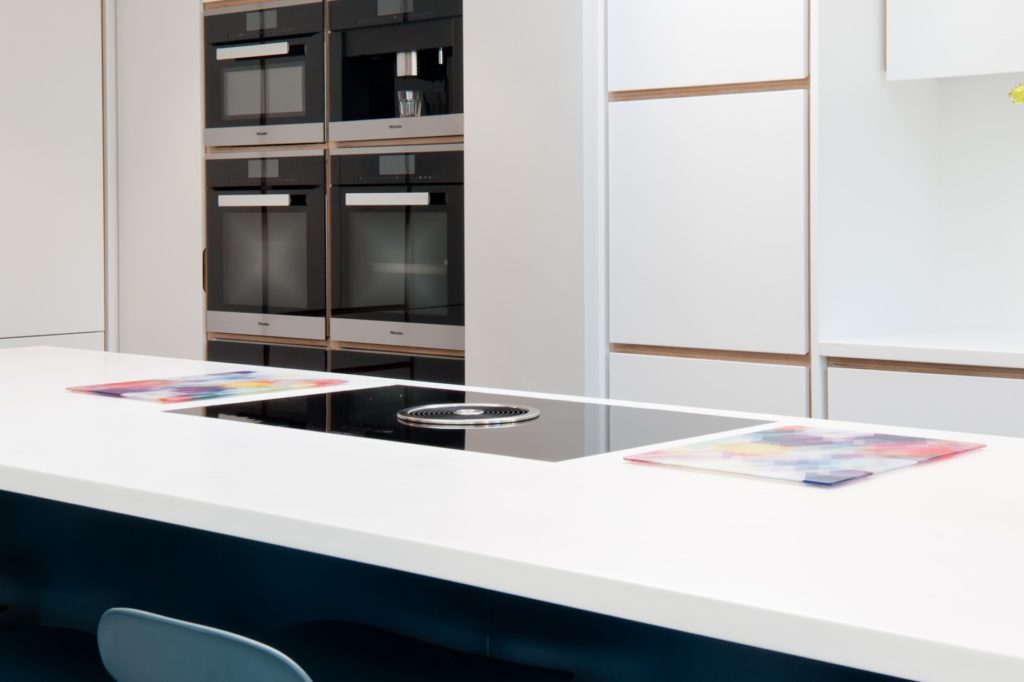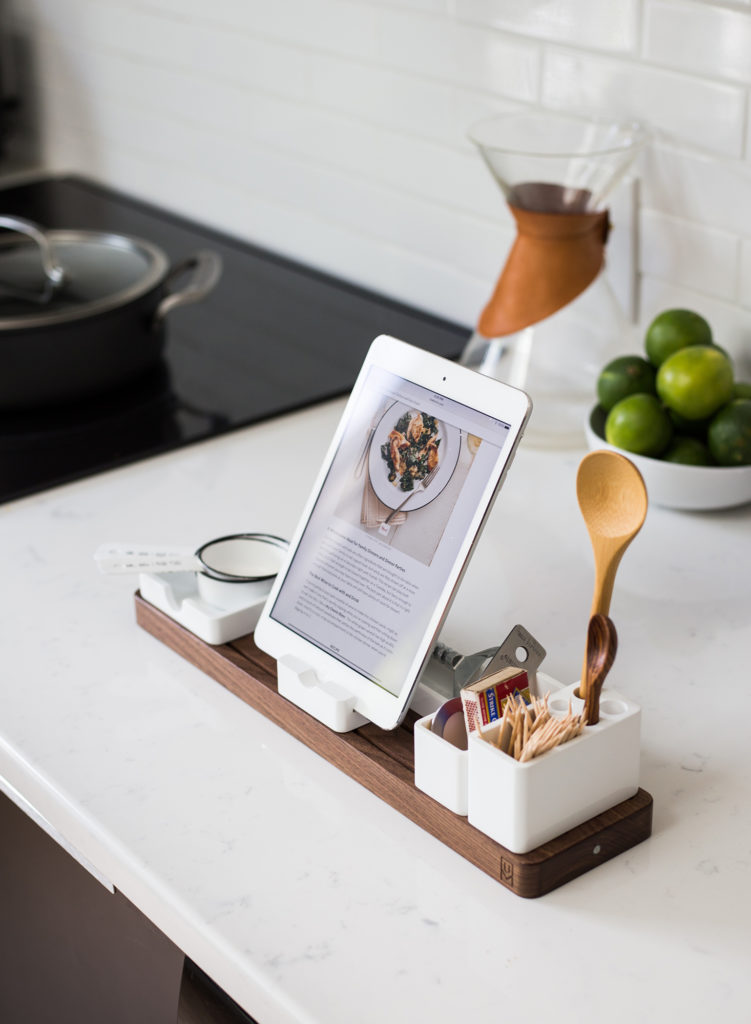
Should I choose an induction hob?
Making decisions about which appliances to choose for your new kitchen can be confusing. There is so much information available, so many reviews…so many opinions. How can you possibly know whether you’re making the right decision?
In the ‘Appliances in focus’ series of blogs, we’ll be getting up close and personal with some of our favourite types of appliances so we can give you exactly the information you need to make the best decision for you.
What is an induction hob?
An induction hob is a modern alternative to electric or gas. In short, induction hobs generate heat using electromagnetism.
While induction hobs have been around since the 1970s or even before, they have risen in popularity relatively recently, thanks to improving technology and lower prices. In fact, induction is by far the most popular hob choice for our customers at the moment.
How do they work?
Did you know the term ‘induction’ is actually short for ‘electromagnetic induction’?
When an induction hob is switched on electricity passes through a copper coil located under the ceramic glass cooking surface of the hob. This creates a magnetic field but doesn’t in itself produce heat. It’s only once you place an induction-suitable pan on top of the hob that you’ll begin to feel any warmth building up.
Unlike conventional electric or gas hobs, the cooking surface does not get hot. The magnetic field from below causes an electric current to flow into the pan. Thanks to the induction pan’s lack of conductive ability (being made from iron or steel) and the fluctuating nature of the electromagnetic field, the current flows around the metallic structure of the pan dissipating some of its energy as heat. This raises the temperature of the pan and transfers heat to the food within.

What are the benefits of induction?
There are many well-documented benefits of choosing induction technology for your kitchen hob:
- Great for the environment
- Induction hobs are more energy efficient than electric or gas.
- Thanks to the way induction works, heat is concentrated within the pan rather than heating up the hob top or cooking surface. This means no heat is lost or wasted.
- Many newer hobs include smart technology meaning that if no pan is placed on the hob, they will switch off to conserve power.
- Easy to install
Most induction hobs can simply be plugged in ready to go meaning no need for specialist tradesmen. - Instant temperature control
By controlling the strength of the electromagnetic current you can instantaneously control the heat flowing to your pan giving you excellent control over cooking. Many induction hobs also have flexible cooking zones, inbuilt timers and warming functions making them incredibly versatile. - A sleek and streamlined look
Induction hobs can sit flush with the surface of your worktop making them easy to design into any stylish kitchen. - Safe for all the family
They are one of the safest choices around. Ever forget to turn off the hob? An induction hob will switch off in the absence of a pan – no more worries about leaving the gas on. What’s more, because it’s the pan that heats up rather than the cooking surface, induction hobs are much safer for inquisitive little hands.
Are there any downsides to choosing induction?
It is true that an induction hob may cost more up front than an electric or gas hob, but thanks to cheaper running costs you should find that over the life of the appliance you’ll more than make the difference back.
One of the most widely cited ‘cons’ of choosing induction is the fact you’ll likely have to buy a new set of saucepans, as not all pans will work with the electromagnetic technology. You’ll need to make sure that any you plan to use are made from iron or steel. Yes, it can be costly to replace your cookware, but in all honesty, when you compare this to the cost of your new kitchen overall it is a drop in the ocean and shouldn’t be the basis for your decision.
TIP: You can use a magnet to check if any of your current pans are suitable for use. If the magnet sticks, it should work on induction.
There are concerns that the electromagnetism can interfere with certain types of pacemaker, leading the British Heart Foundation to recommend that people with a pacemaker keep their distance from induction hobs. If you could be affected talk to your GP or consultant about the manufacturer’s guidelines for your particular model.
Which induction hob should I choose?
We’re approved distributors for the beautiful Bora hob and we can’t recommend it highly enough. Not only does it make use of up-to-date induction technology giving you all the benefits listed above, it includes a downdraft built-in extractor to pull steam and cooking smells away with ease.
And it looks simply stunning too.

To find out more please contact us and we’ll be happy to talk to you about your options.




